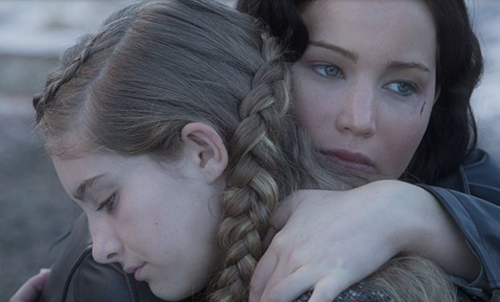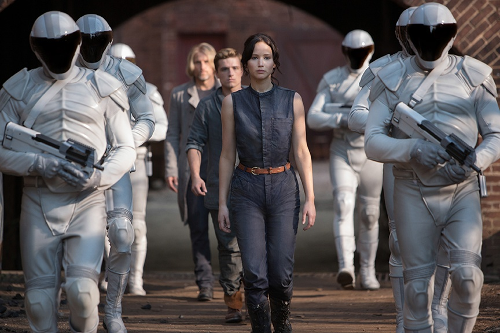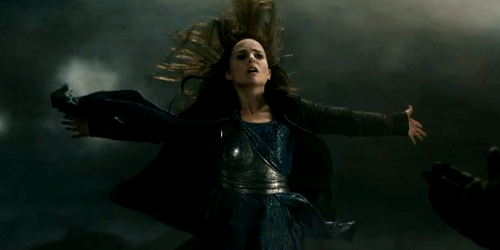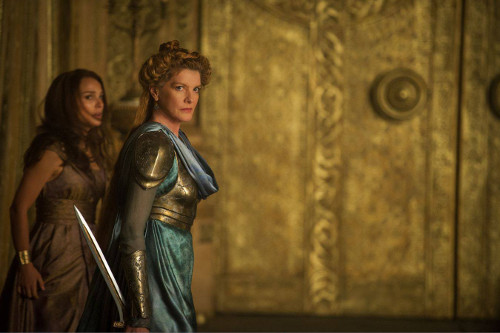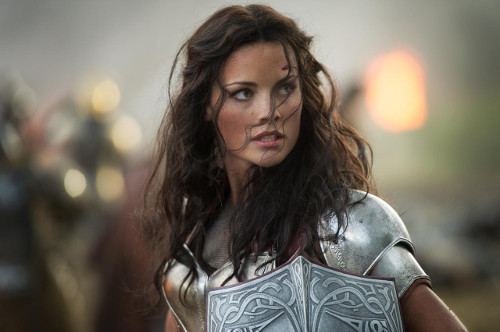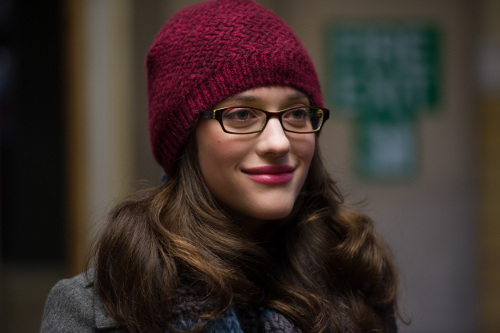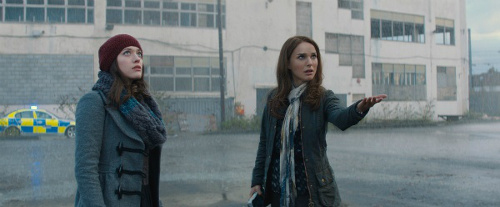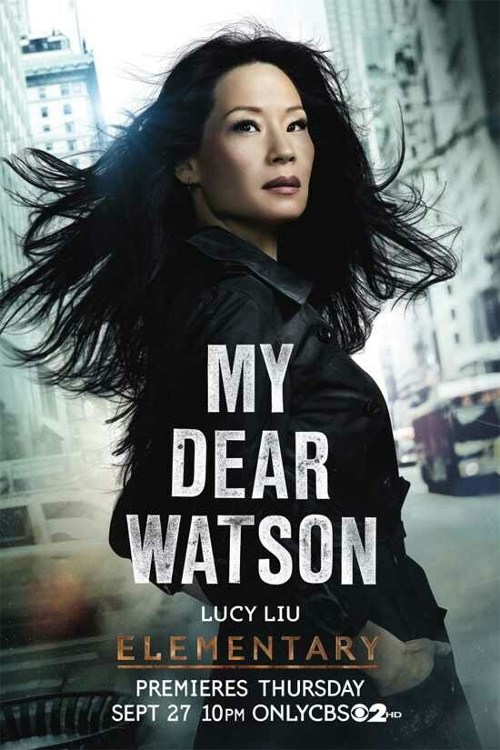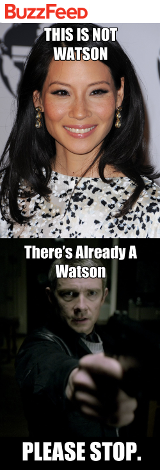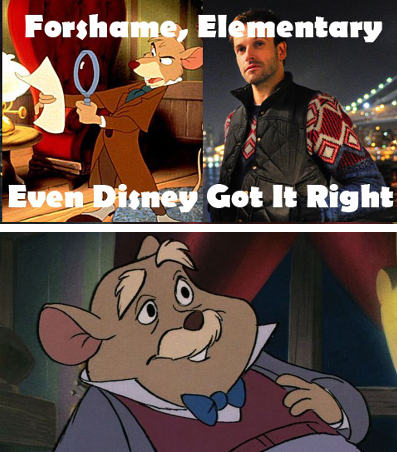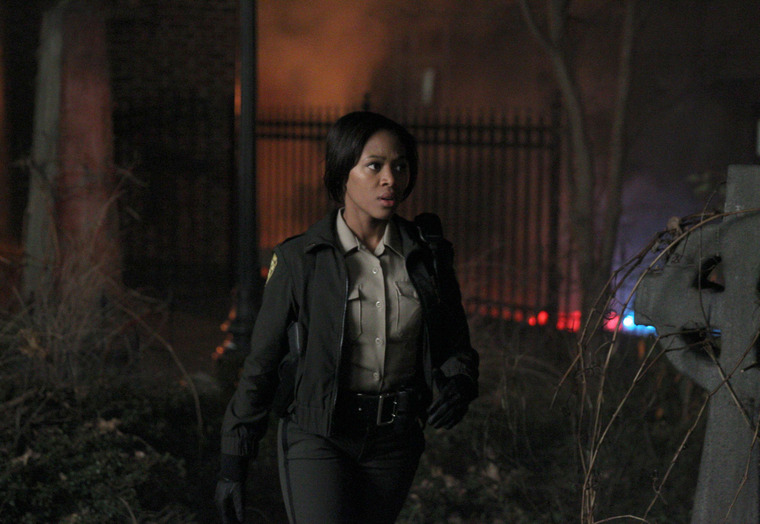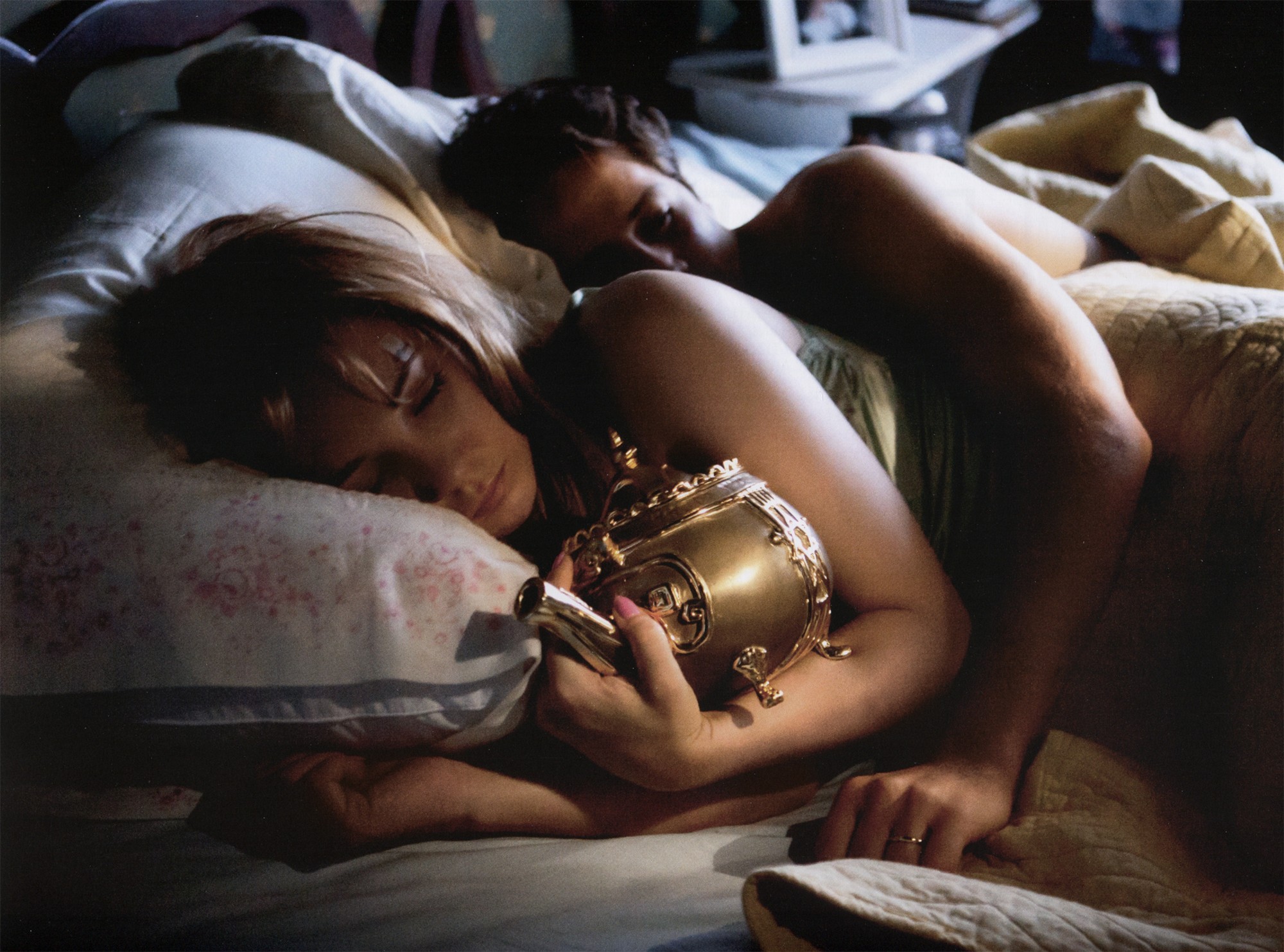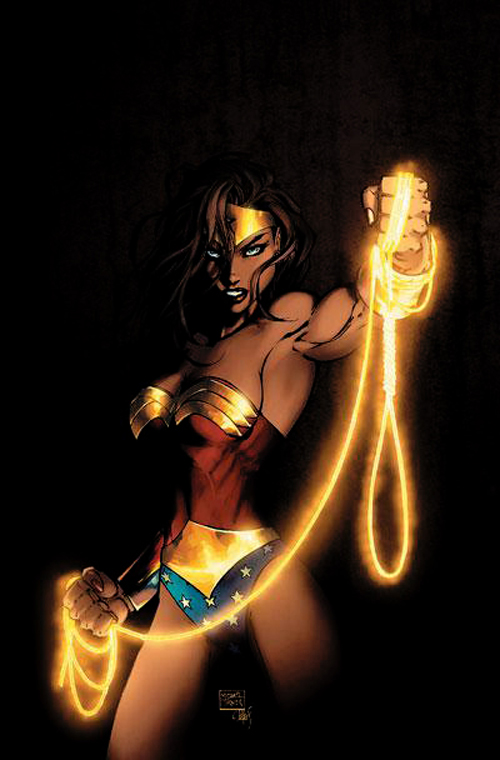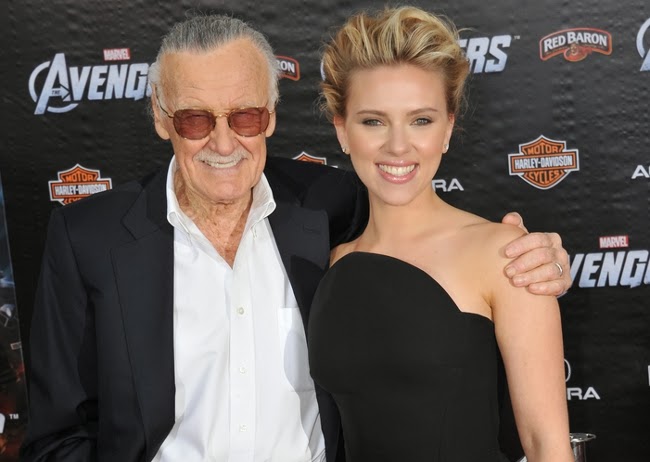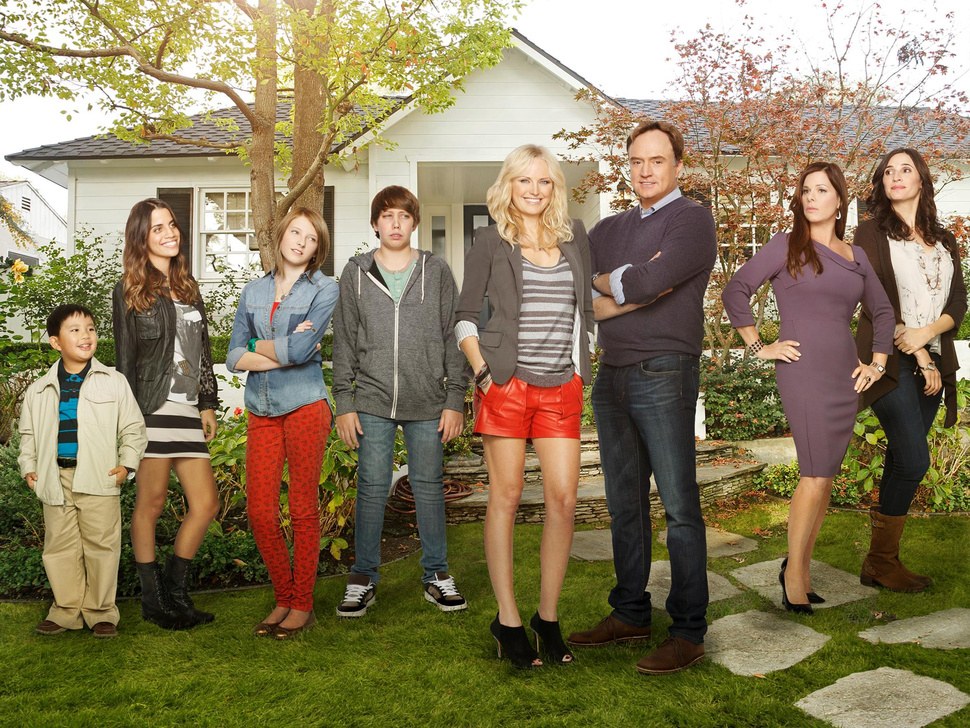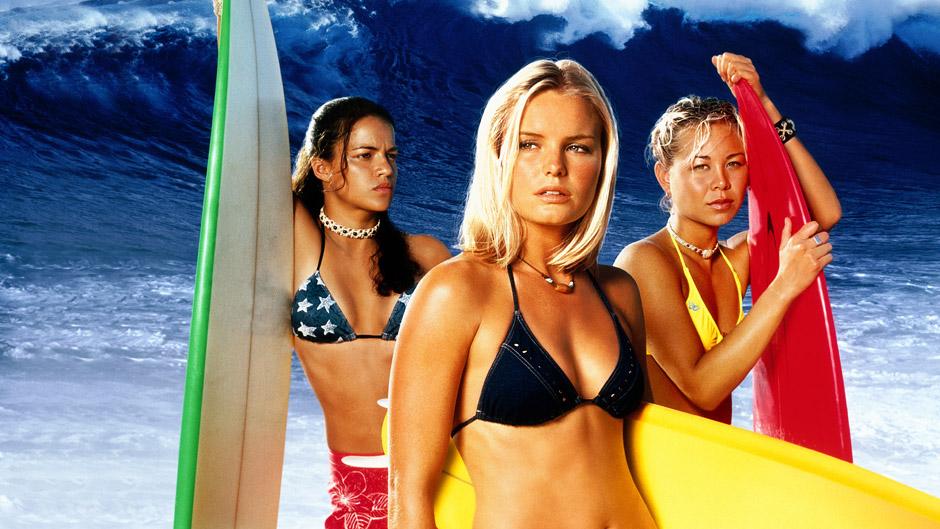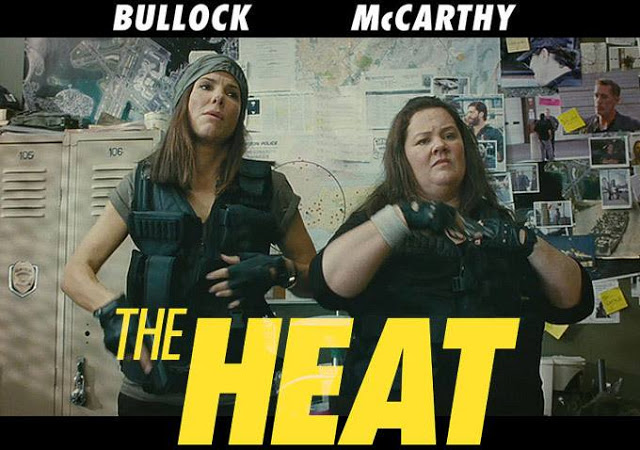
The Screen Actors Guild and Golden Globe nominations are out. The 2013 Awards Season is under way. Whether you are an awards junkie like me or one of those weirdly mature and reasonable people who find the whole thing crass, Awards Season can present some challenges to feminist movie lovers. Sometimes your faves don’t get nominations, sometimes movies you can’t stand get tons of attention, and then there’s the general head scratchers, like what does the Hollywood Foreign Press Association think “comedy” means? Here’s some strategies for enduring the miles of red carpet that lay ahead:
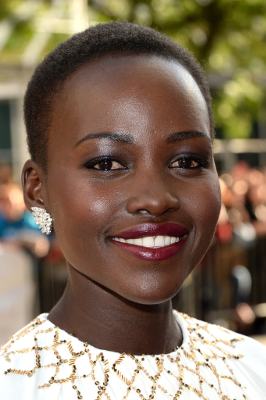
Focus on the wins, not the losses. Instead of thinking about how sad I am that Naomie Harris seems to be getting lost in this year’s statuette shuffle, I’d rather think about how great it is that Lupita Nyong’o is a front-runner. Sure, I wish The Heat got some play in the Globes noms (why separate out comedy if not to recognize films like this?), but hooray for Julie Delpy and Greta Gerwig’s nominations! Look on the bright side of the podium.
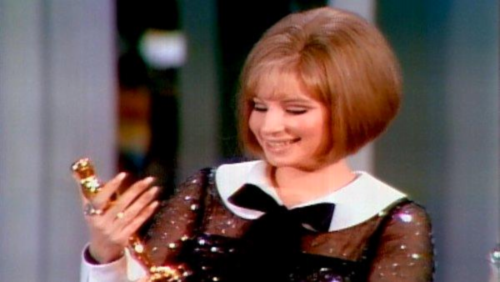
Revisit the Good Stuff from the past. The Academy has a database of transcribed Oscar Acceptance speeches, many of which are accompanied by video. 1968’s Best Actress 1-2 punch of “It’s a tie!” and “Hello, gorgeous.” Halle Berry powering through the emotional overload of her historic win to honor the legacy of black women in film! Emma Thompson talking about visiting Jane Austen’s grave to “talk about the grosses.” You can lose an afternoon (or ten) to reading and watching these, and you can SEARCH BY KEYWORD.
Make up your own awards. Naomie Harris is definitely gonna win a Robsie this year. And Jennifer Lawrence might not even be nominated for American Hustle, but she will be winning the award for Outstanding Achievement in GiF-ableness. Does this sound too bizarre to you? Keep in mind the Hollywood Foreign Press is only around 90 people. If you REALLY want legitimacy, hook up with 89 like-minded people to bestow accolades on your faves. You can probably get ten times that in fifteen minutes on Tumblr.
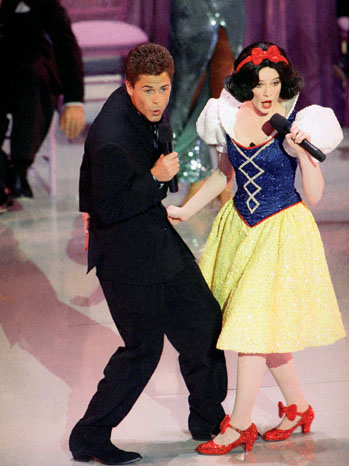
Revel in the silly parts. Every year, cultural commentators toss around that “these awards are just a circus of self-congratulation” yarn. And you, savvy Bitch Flicks reader, know this isn’t true, that nominations and wins mean more money to the studios and mean new career opportunities for the talent. And that we’ve assigned huge cultural meaning to the Oscars which can’t be undone with a snap of the fingers. But save that potentially grim reality check for March.
For now, ignore the real-world implications. Focus on the office pool, the theme menus, the drinking games. Have a contest to see who can provide the creepiest answer to “Who are you wearing?” (“My enemies.”) Put a marshmallow in your mouth for every famous person on the In Memorium reel you didn’t know had died. Live Tweet with abandon. THEN you can roll your eyes at how a bunch more undeserving white guys won awards for unoriginal movies (if that does again happen! This could be the year it all goes right!).
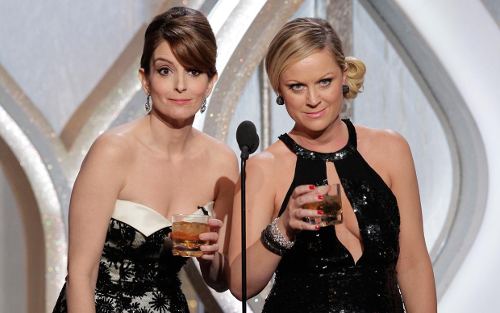
And remember: we’ve got Tina and Amy bringing their magic to the Globes again and Ellen DeGeneres hosting the Oscars. The boob songs are going to be so much more tasteful and funny this year!
———————–
Robin Hitchcock is an American writer living in Cape Town who will happily stay up all night to watch these awards shows when they air.




